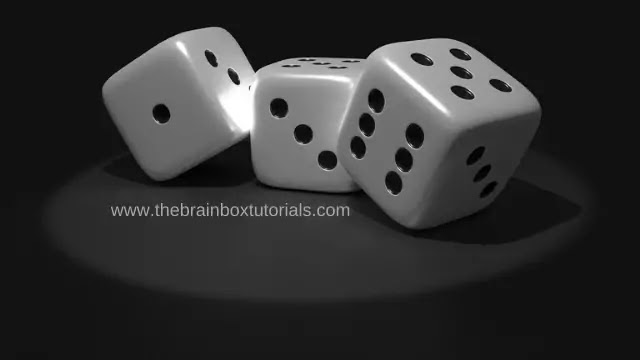Online maths tests are not only fun but also educative and this one is no exception. This online maths test has specially been designed for the students studying in class 7. The test comprises 10 multiple choice based questions on the first chapter of class 7 – Integers.
Before attempting the test let’s have a quick overview of the chapter and its contents.
Few important definitions
Natural Numbers ( N ): The counting numbers, starting from 1, are called Natural numbers.
Hence,
(i) 1, 2, 3, 4, 5,….. are natural numbers.
(ii) The smallest natural number is 1 and the largest natural number can not be obtained.
Whole Numbers ( W ): The natural numbers along with the number 0 are whole numbers.
Hence,
(i) 0, 1, 2, 3, 4, 5,… are whole numbers.
(ii) The smallest whole number is 0 and the largest whole number can not be obtained.
Integers ( I/Z ): The collection of whole numbers and negative numbers is known as integers.
Hence,
(i) ….., -3, -2, -1, 0, 1, 2, 3, …. are integers.
(ii) The smallest as well as the largest integer cannot be obtained.
Prime number ( P ): The whole numbers which are greater than one and can only be divided by unity ( 1 ) and by itself only, are called Prime numbers.
Example: 2,3, 5, 7, 11, 13, 17 are a few of the prime numbers.
Composite numbers ( C ): The whole numbers which are greater than one and can be divided by at least three numbers, are known as composite numbers.
Example: 4, 6, 8, 9, are some of the composite numbers.
Unique Number: The whole number 1 is neither a prime number nor a composite number. It is called a unique number.
Four fundamental operations
Addition, subtraction, multiplication, and division are the four fundamental operations.
Properties of Addition and Subtraction of Integers
Closure under Addition
Closure property of Integers states that for any two integers a and b, a + b is an integer.
Hence, the sum of two integers will be an integer.
For example, 13+ 55 = 68
-10 + 78 = 68. The results are again integers. this property is known as the closure property for addition of integers.
Closure under Subtraction
Closure property of Integers states that,
if a and b are two integers then a – b is also an integer.
For example, (-10) – (5) = -15, which is an integer.
Commutative Property
The commutative property states that for any two integers a and b,
a + b = b + a
For example,
3 + 5 = 5 + 3 = 8
Thus, we conclude that addition is commutative for integers.
But, 3 – 5 = -2 and 5 – 3 = 2.
Thus We conclude that subtraction is not commutative for integers.
Associative property
Associative property states that, for any integers a, b and c, we can say a + (b + c) = (a + b) + c
For example, 5 + (3 + 3) = 11 and (5 + 3) + 3 = 11
This shows that addition is associative for integers.
Properties of Multiplication
Closure under Multiplication
Closure property of multiplication states that the product of two integers is an integer.
a × b is an integer, for all integers a and b.
For example, (–30) × 12 = – 360 which is an integer.
Commutativity of Multiplication
The commutative property states that for any two integers a and b, a × b = b × a
For example, 3 × (– 4) = –12 and (– 4) × 3 = –12
Commutativity of Multiplication is true for Integers.
Associativity for Multiplication
The associative property states that, for any three integers a, b and c (a × b) × c = a × (b × c)
Thus, 7 × [(– 6) × 4] = [7 × (-6)]] × 4.
Thus, the product of three integers does not depend upon the grouping of integers.
Distributive Property
Distributive property states that for any integers a, b and c,
a × (b + c) = a × b + a × c
For example,
(– 8) × [(–2) + (–1)] = (– 8) × (–3) = 24
Thus, the distributivity of multiplication over addition is true for integers.
Division of Integers
These are the properties to be used while dividing two integers.
a ÷ (–b) = (– a) ÷ b where b ≠ 0
(– a) ÷ (– b) = a ÷ b where b ≠ 0
Class 7 Maths Test Chapter- Integers
Integers part-1
Integers part-2
Rules For The Quiz:
- This quiz has 10 multiple-choice questions.
- Each sum has 2 marks.
- So the maximum marks are 20.
- There is no time limit.
- You should be ready with a pen and copy in your hand to solve the sums.
- keep your Maths book away from you. This is the test of your memory. So do not take the help of the Maths book.
- The correct answer and explanation are provided at the end of this quiz.
Please share the marks you got in this test in the comments section below.
Happy learning. Always say yes to maths.

